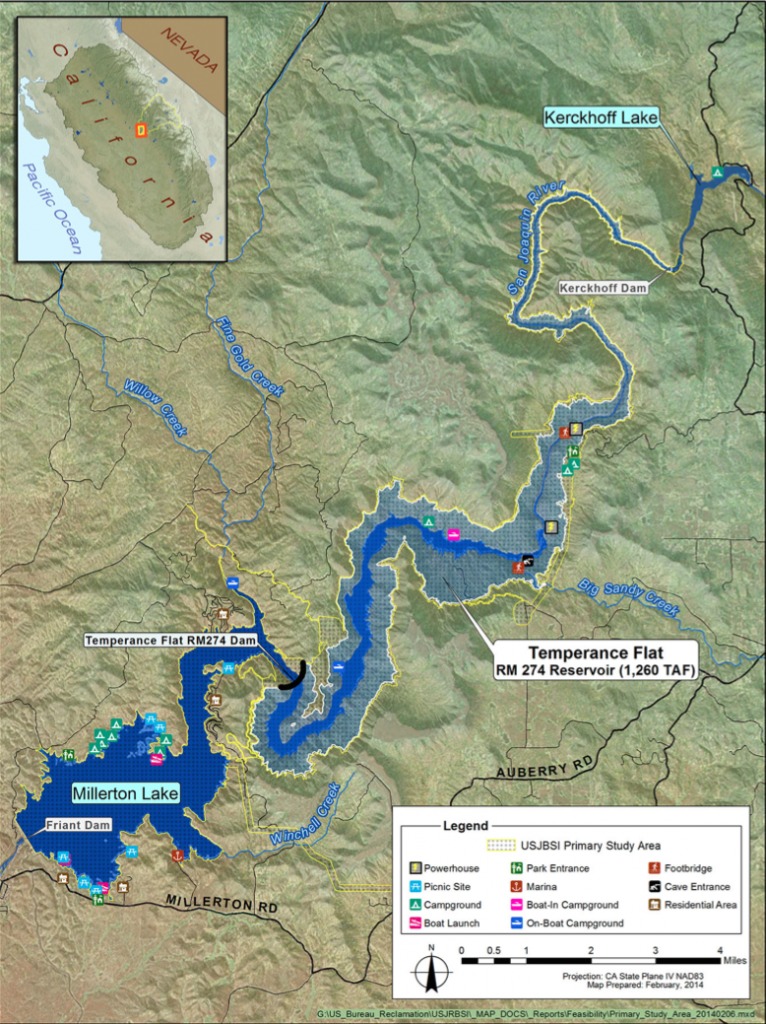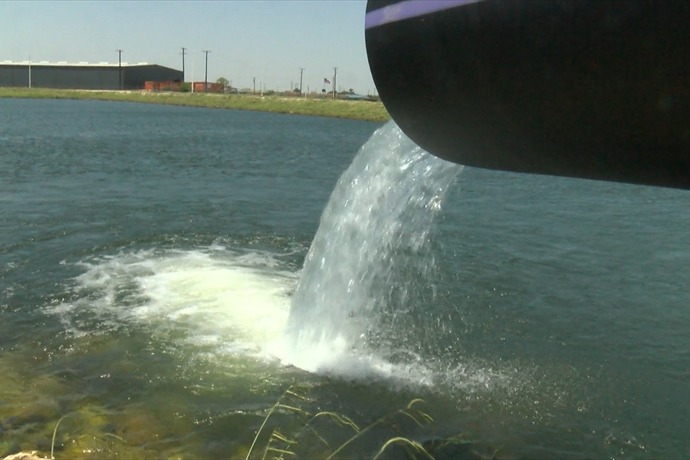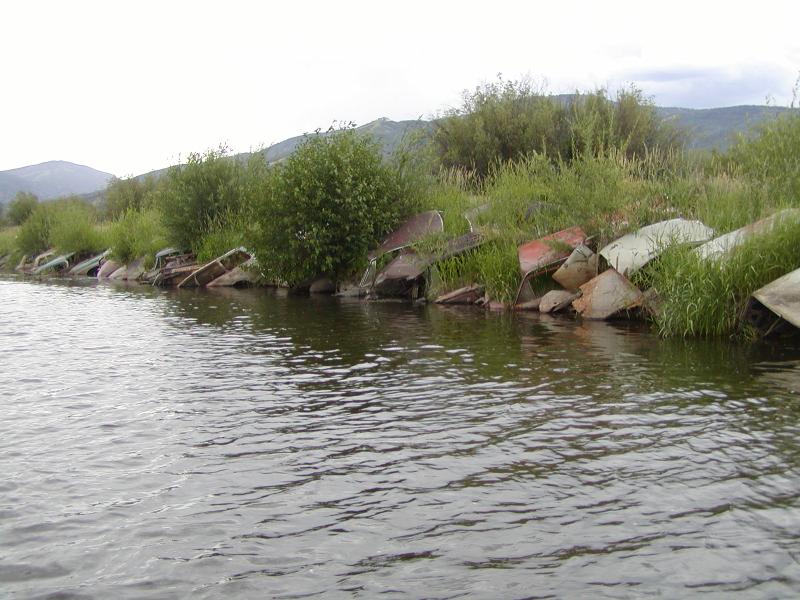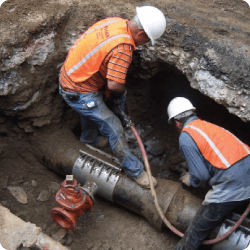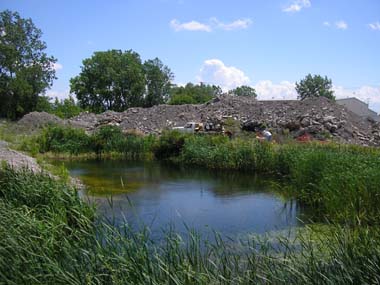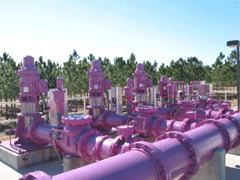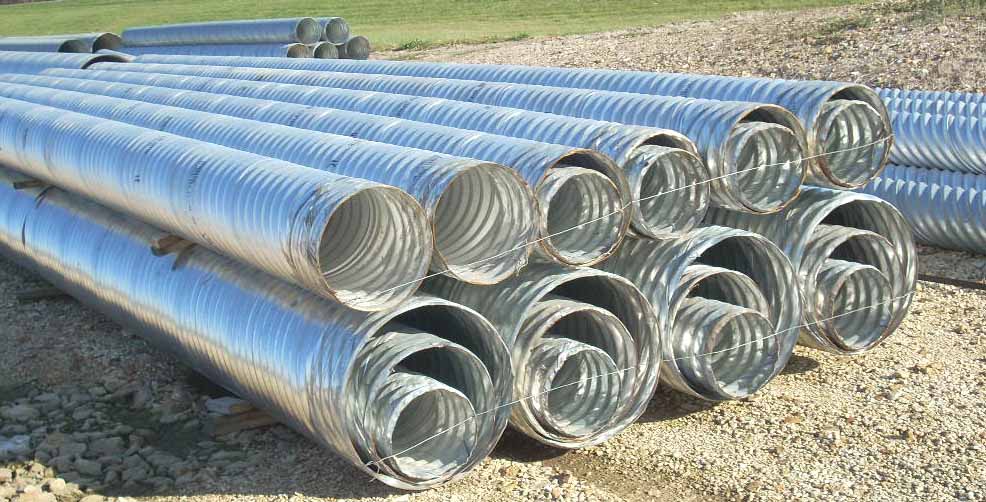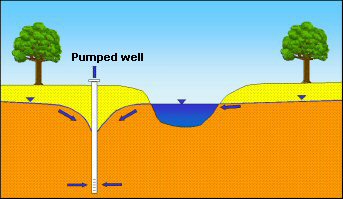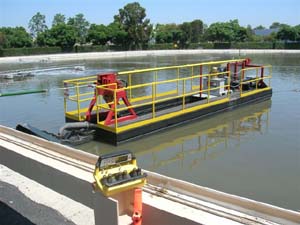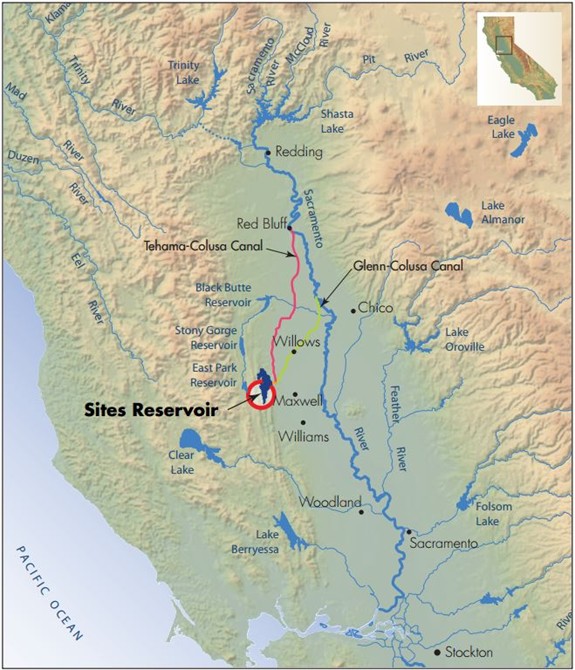Temperance Flat Reservoir would be a new surface water storage facility on the San Joaquin River, above Friant Dam and below Kerckhoff Dam north east of Fresno. Water would be released from Temperance Flat Reservoir to Millerton Lake for canal diversion and/or release to the San Joaquin River. Operating criteria could be influenced by ecosystem […]
North Valley Regional Recycled Water Project
This project presents an opportunity to acquire water for the Refuge Water Supply Program through the availability of disinfected tertiary-treated recycled water available for agricultural use on the west side of the San Joaquin Valley. The first phase of NVRRWP could produce and deliver up to 25,700 acre-feet per year (AFY) of recycled water to […]
Los Banos Creek Water Resource Management Plan
This project includes the development of additional water that can be used for irrigation and wildlife enhancement purposes and to improve groundwater recharge in the area. New facilities required include about 3,000 feet of 36-inch pipeline and potentially a booster pump station. In addition, it is proposed to change the current operation of LBCDR to […]
Biola CSD Drinking Water Improvement Project
The existing water system is aged, has suspected leaks, poorly performing valves, and deficiencies in fire hydrant flow rates and pressures. The proposed improvements include: Replacement of 18,700 linear feet of leaking and undersized water mains and service lines The remediation of the distribution system to provide the minimum required 20 pounds per square inch […]
Kings River North Fork Flood Protection and Wildlife. Enhancement Project
This project proposes, as its primary project action, to acquire parcels comprising a large “island” within the flood channel and restore the property to riparian condition through natural and assisted processes. One of the assisted processes will be the removal of a berm and raised roadway that serves the agricultural uses and resloping these and […]
Dinuba Recreation Conservation & Recreation (RCR) Project
Wastewater Treatment Effluent Reclamation Project consisting of groundwater extraction wells, piping/valving, booster pump station and purple pipe distribution system; ultimate planned production of 4.0 Million Gallons per Day (MGD), (12.28 AF-Day) The following are the types of facilities that could use the recycled water for irrigation. Agricultural users Street medians Parks, schools, and public facilities […]
Seville Sontag Ditch Flood Control Project – Tulare County
The proposed project will include flood control measures to protect the community of Seville and will help protect approximately 100 homes in Seville as well as the Stone Corral Elementary School. The project includes two 24 inch diameter culverts and control structures connecting ALTA I.D.’s Sontag Ditch to the Stone Corral Irrigation District (SCID) drainage […]
South and Highland Basin – Consolidated Irrigation District
The project consists of the development of a 75-acre groundwater banking facility to create an average annual water supply of approximately 2,500 AF from available Kings River flows. The project would be able to bank an average of approximately 3,200 AF of water each year that will be made available to market. The project would […]
Orange Cove
The City of Orange Cove is looking toward revamping / upgrading its wastewater treatment facility such that its treated water would be more suitable for use on agricultural crops within the Orange Cove Irrigation District which generally surrounds the City. For the District’s landowners to be able to utilize this recycled supply, the District’s distribution […]
Sites Reservoir
Identified by the State of California and the federal government as an important component of integrated water management in the Sacramento Valley that could advance the long-term co-equal objectives of improving water management and restoring ecological health for beneficial uses of the Sacramento-San Joaquin Delta and the Sacramento River watershed. Further benefits include: Water supply […]
